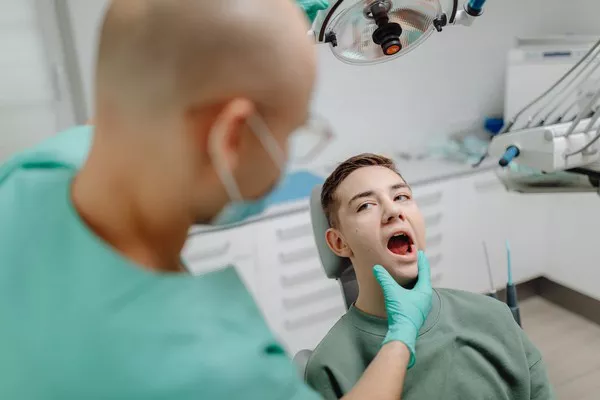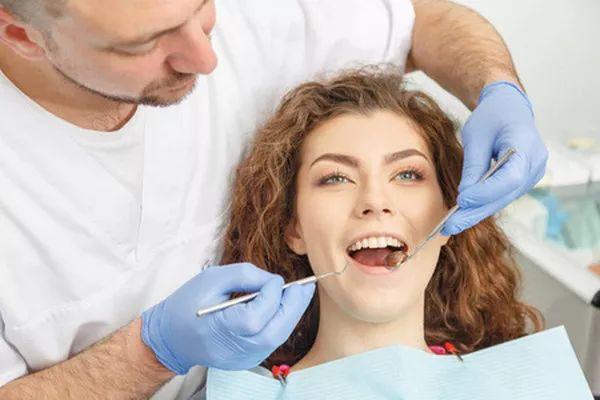Orthodontic correction is the treatment of malocclusion by orthodontic or surgical methods. Malocclusion refers to the malformations of teeth, jaws, craniofacial and malocclusion caused by congenital or acquired factors during the growth and development of children.
Experts say that dental deformity not only affects the appearance, facial development and oral and maxillary function, but also prone to dental caries, periodontal disease and temporomandibular arthropathy, so as to affect physical and mental health.
So orthodontics should be done sooner rather than later, because the longer you wait, the more persistent the health threat.
But many people do not know enough about orthodontics, there is no understanding, so what is the misunderstanding of orthodontics?
1. Only after the age of 12 can orthodontic teeth be changed: Some people think that only when the age of 12 can be corrected.
This idea is unscientific and deficient in understanding.
Dental malformation is actually a developmental malformation, which is best prevented and corrected in the process of growth and development.
For teeth “bag day”, around a small chin, facial asymmetry, serious buck teeth and serious crowded teeth, facial muscle dysfunction such as mouth breathing during sleep, all kinds of oral bad habits such as biting his lower lip, partial lateral chewing, etc., these all affect the normal development of facial bones and oral function, appropriate correction the sooner the better.
2. Orthodontic treatment is the right of children and young people: many people think that orthodontic treatment is only for children and young people, middle-aged and elderly people can not be orthodontic treatment, in fact, this view is wrong, is not scientific.
Although the growth and development of the adult has stopped, the external shape of the bone has been stable, but the internal regeneration and remodeling ability of the bone still exists (such as fracture healing), generally speaking, if the adult does not have serious periodontal inflammation, the teeth can be corrected.
3 orthodontic pain can not eat normally: after each orthodontic force, patients will feel a little pain within two or three days, these mild discomfort generally can endure and will soon disappear, is caused by orthodontic treatment of the body’s normal response, do not worry.
4. Corrective tooth extraction is harmful: many patients give up orthodontic treatment because they are unwilling to extract teeth.
In fact, orthodontic extraction is a necessary step to correct some dental malformations. Orthodontic treatment rearranges the teeth through orthodontic force, and in the process of rearrangement, there is often a need for a certain gap to row up the crowded and disordered teeth, or for some bucktooth patients to adduct the protruded incisors, to improve the face shape.
5. Old teeth are easy to fall out after orthodontic treatment: Nanjing orthodontic treatment induces tooth movement through light orthodontic force, which is a slow biological reconstruction process. It is absorbed by the bone of one side of the moving tooth, and the bone of the other side is newly reconstructed, so that the tooth finally moves to the normal position.
The process is gradual, and regular orthodontic treatment does not cause trauma to teeth or periodontal tissue.
So worries about tooth loss in old age are misplaced.
6. Imported appliances are better than domestic appliances: Imported appliances are superior to domestic appliances in terms of manufacturing technology, but if mechanically applied to Chinese orthodontics, the clinical results may be counterproductive.
So the doctor’s level of diagnosis and treatment is the key to determine the quality of treatment.
7. Orthodontics does not pay attention to the choice of regular hospitals: Nanjing orthodontics is a very complex treatment process, general dentists only after a special orthodontic institution training for at least 1 year, obtained orthodontist qualifications to be competent.
Every step is critical to the examination and diagnosis of orthodontic patients, the formulation of a reasonable orthodontic plan, and even the entire orthodontic process.
Otherwise, the effectiveness and safety of orthodontics are worrying.





























